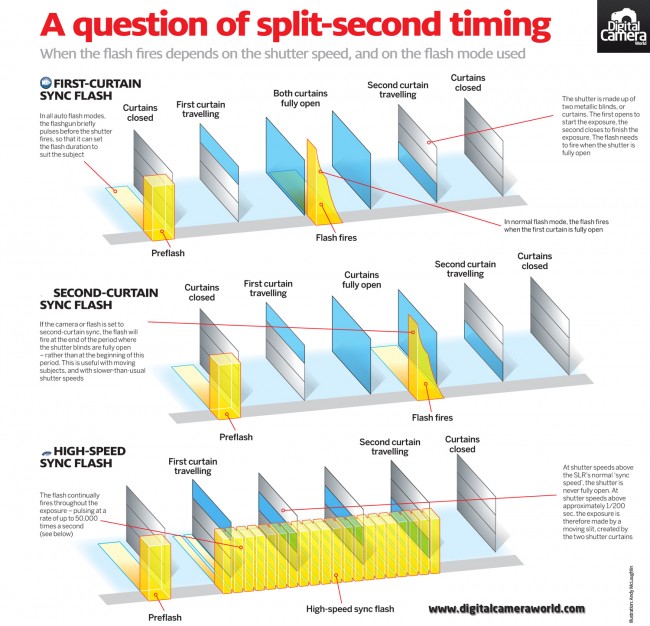Join Us To Find Important Digital Photography Suggestions That Will Certainly Unlock Your Video Camera'S Potential-- Prepare To Capture Magnificent Images Quickly!
Join Us To Find Important Digital Photography Suggestions That Will Certainly Unlock Your Video Camera'S Potential-- Prepare To Capture Magnificent Images Quickly!
Blog Article
Created By-Tobin Turan
When you first pick up your cam, it can really feel overwhelming with all the setups and choices readily available. You may find yourself asking yourself how to navigate aperture, shutter rate, and ISO successfully. Mastering these basics is vital, but there's even more to photography than just technical knowledge. Recognizing make-up City Portraits and lights problems can raise your images drastically. So, what if you could find out basic techniques to boost your skills and begin recording impressive images sooner than you think? Allow's explore how to transform your photography journey.
Comprehending Electronic Camera Setups
Understanding your cam setups is critical for catching spectacular pictures. When you grab your cam, acquaint on your own with the 3 major setups: aperture, shutter rate, and ISO. Each plays an important role in exactly how your photos end up.
Begin with aperture, which regulates the amount of light going into the lens. A larger aperture (reduced f-number) allows much more light and produces an attractive history blur, perfect for portraits. On the other hand, a narrower aperture (greater f-number) maintains even more of the scene in emphasis, ideal for landscapes.
Next off, focus on shutter speed. This setup determines how long your video camera's sensing unit is exposed to light. A fast shutter rate ices up activity, which is great for action shots, while a slow shutter speed can create sensational effects like smooth water in landscapes.
Finally, adjust your ISO. This setup affects your cam's level of sensitivity to light. A greater ISO works in low-light scenarios yet can present noise or grain. Go for https://www.liveinternet.ru/users/bendix_egeberg/post509027336 while still achieving proper direct exposure.
Structure Methods
When you're out shooting, make-up can make all the difference in exactly how your images resonate with customers. Begin by utilizing the policy of thirds; picture your structure divided right into 9 equivalent sections with two horizontal and two vertical lines. Position key elements along these lines or at their junctions to create equilibrium and rate of interest.
Next, consider leading lines. These all-natural lines in your scene, like roads or rivers, attract the viewer's eye into the picture, directing them with the tale you're telling.
Do not forget about framing; use components within your scene, like trees or windows, to create a frame around your subject, including deepness and focus.
Likewise, watch on your history. A cluttered history can sidetrack from your primary topic, while a straightforward one helps it stand out.
Lastly, experiment with symmetry and patterns; they can produce a striking photo that captures interest.
Mastering Lights Issues
Grasping illumination problems is crucial for catching stunning pictures, as the best light can change a regular scene into something phenomenal.
Begin by observing natural light at different times of the day. Mornings and late afternoons provide the most effective light, called the golden hour. The soft, cozy tones during these times can improve your images wonderfully.
Don't avoid overcast days either; diffused light can minimize rough darkness and create a pleasing result, particularly for portraits.
Try out backlighting by positioning your topic versus the light source. This method can develop a wonderful halo impact and add depth to your pictures.
Take note of your video camera settings as well. Readjust the ISO, aperture, and shutter rate to fit the lights conditions. A greater ISO can aid in reduced light, yet be cautious of grain.
Utilize a tripod in darker atmospheres to avoid blur.
Last but not least, don't neglect man-made lighting. Flash and continuous lights can be wonderful tools for managing light in challenging conditions.
Verdict
Finally, mastering your electronic camera doesn't need to be frustrating. By understanding your settings, applying structure techniques, and harnessing the power of natural light, you'll swiftly elevate your digital photography abilities. Remember, practice makes ideal, so go out there and trying out your newly found expertise. With time and dedication, you'll be capturing magnificent pictures that mirror your unique point of view. Enjoy the trip, and do not forget to have a good time while you're at it!
